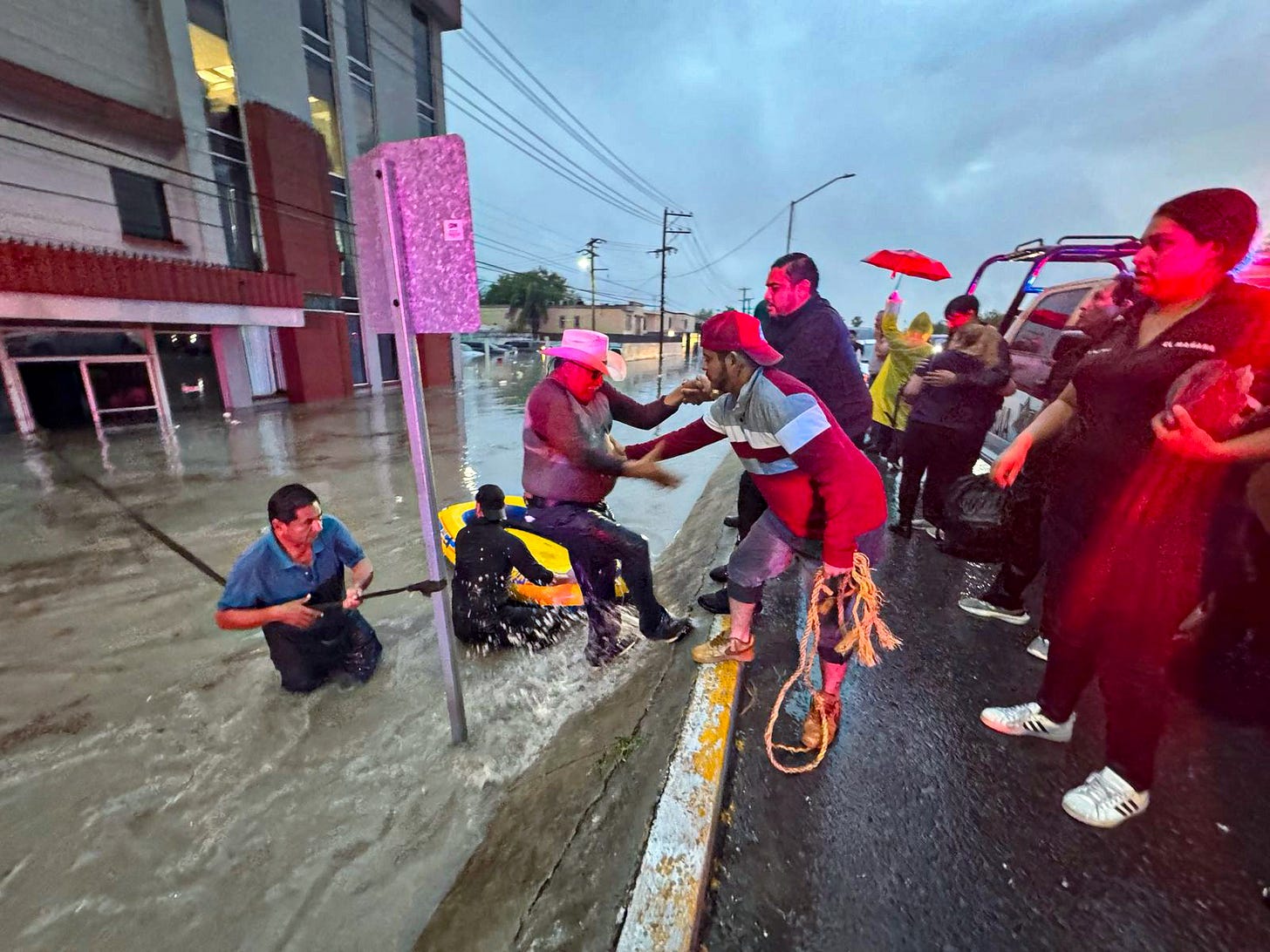Historic Levels of Rain Leave the Texas-Mexico Border in Ruins, with Officials Slow to Respond
"It feels like we're on our own," said a Texas border resident.

By midday Wednesday, the sky was dark and ominous across the region. The rain started in the Rio Grande Valley in South Texas and northern Tamaulipas and didn’t let up until…


